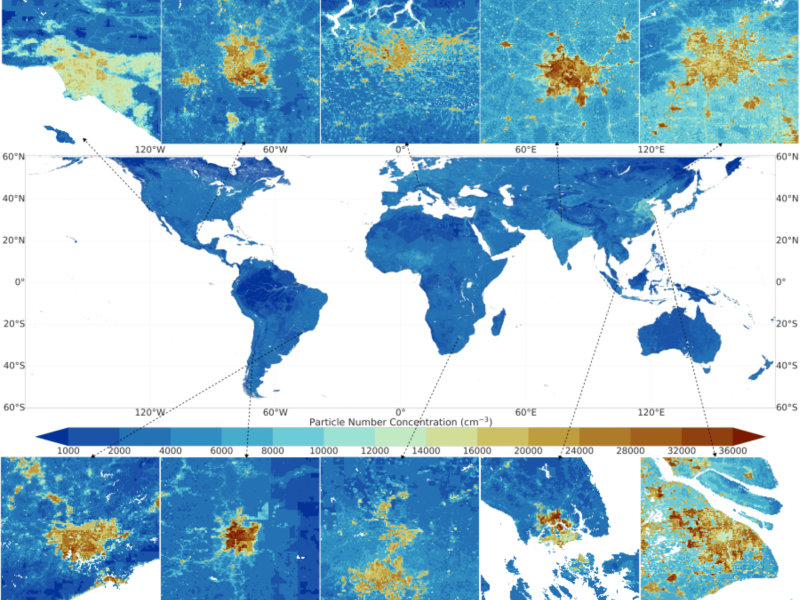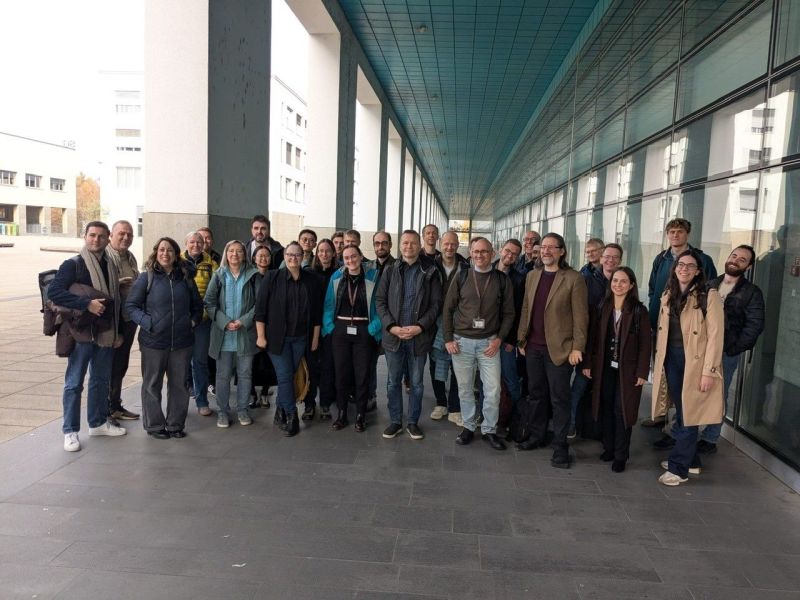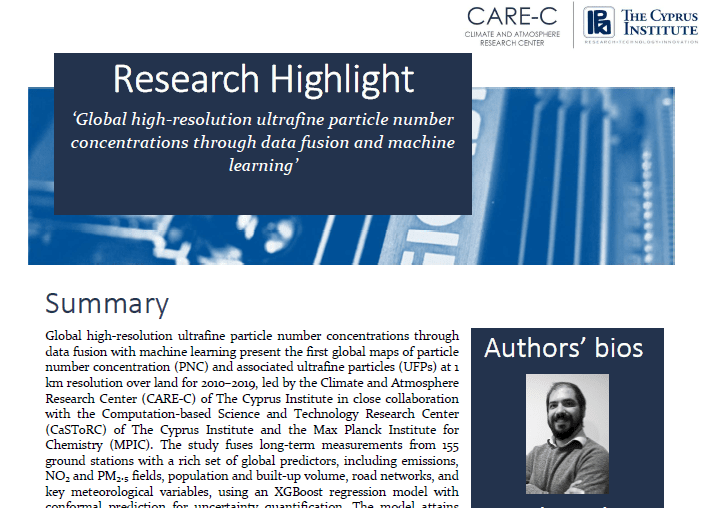Latest News

CARE-C Researchers Participate at the OneSTOP Datathon Wo…

The Cyprus Institute develops first global maps of ultraf…

The 4th Annual Online Workshop on Climate and Atmosphere …

CARE-C’s Nanomicron at Slush 2025

CARE-C researchers at the 1st Pancyprian Chemistry Confer…

CARE-C leads session at Aerosol-Cloud Interaction Cluster…
Events

4th Annual Workshop: Climate and Atmosphere Research &…

Innovation in Atmospheric Measurement Techniques Workshop…

Winter School: Advanced analysis of atmosphere-surface in…

10th International Society for Atmospheric Research using…

Autumn School: Drones & sensors in Atmospheric scienc…

Innovation in Atmospheric Measurement Techniques Workshop…
Research Highlight

Global high-resolution ultrafine particle number concentrations through data fusion with machine learning
Global high-resolution ultrafine particle number concentrations through data fusion with machine learning presents the first global maps of particle number concentration (PNC) and associated ultrafine particles (UFPs) at 1 km resolution over land for 2010–2019, led by the Climate and Atmosphere Research Center (CARE-C) of The Cyprus Institute in close collaboration with the Computation-based Science and Technology Research Center (CaSToRC) of The Cyprus Institute and the Max Planck Institute for Chemistry (MPIC). The study fuses long-term measurements from 155 ground stations with a rich set of global predictors, including emissions, NO₂ and PM₂.₅ fields, population and built-up volume, road networks, and key meteorological variables, using an XGBoost regression model with conformal prediction for uncertainty quantification. The model attains R2≈0.90 on an independent test set and R2 of 0.77–0.87 under spatial and temporal cross‑validation, and indicates that UFPs constitute on average about 91% of total PNC, with annual mean near-surface PNC ranging from a few thousand cm⁻³ in pristine regions to over 40,000 cm⁻³ in polluted urban centres. The resulting open-access NetCDF dataset (2010–2019) provides annual mean PNC, UFP and 95% coverage intervals on a global 1 km grid, enabling direct integration with high‑resolution population data for exposure and health impact studies.
Newsletter
Join our mailing list
By submitting this subscription form you agree to receive news and updates about EMME-CARE and CARE-C via the email you provided, in accordance with our Privacy Policy which provides information about how we use and process your data. We use Mailchimp as our marketing platform.
By clicking subscribe, you acknowledge that your information will be transferred to Mailchimp for processing. Learn more about Mailchimp’s privacy practices here. If you change your mind, you can unsubscribe at any time by clicking the unsubscribe link in the emails you receive from us or by contacting us at communication.care-c@cyi.ac.cy





















